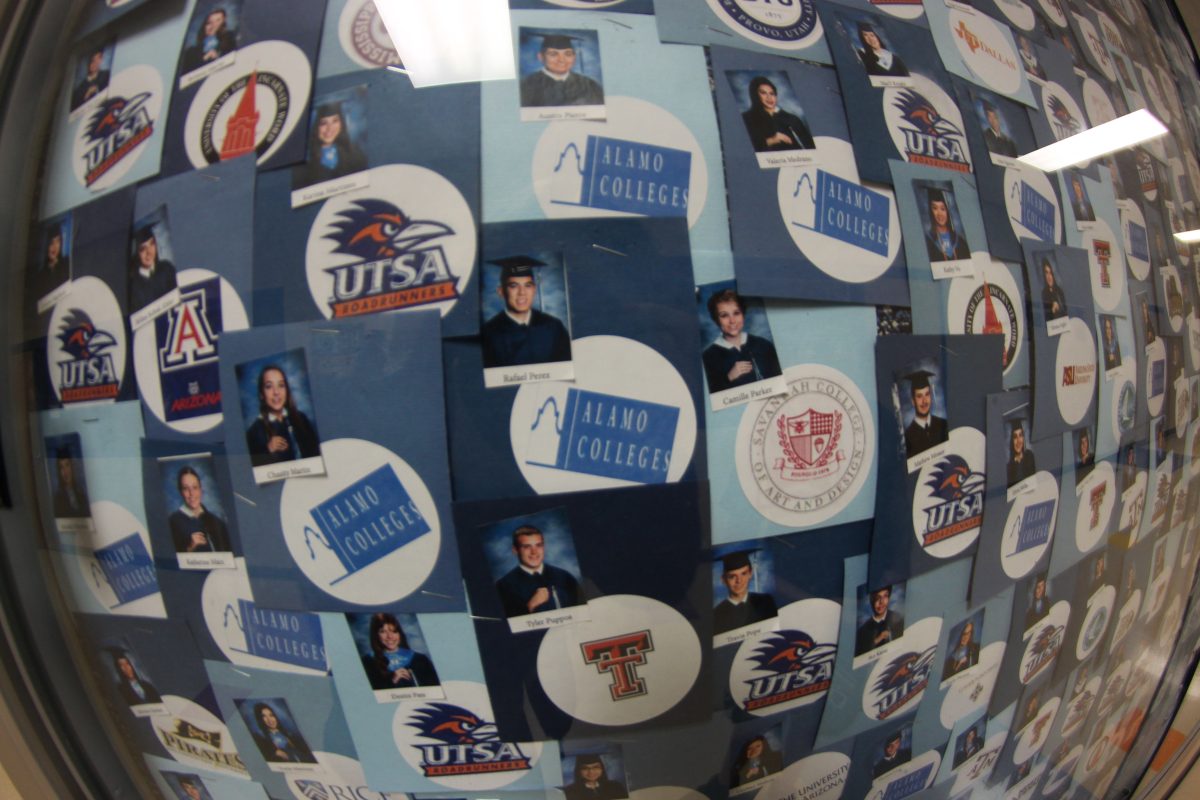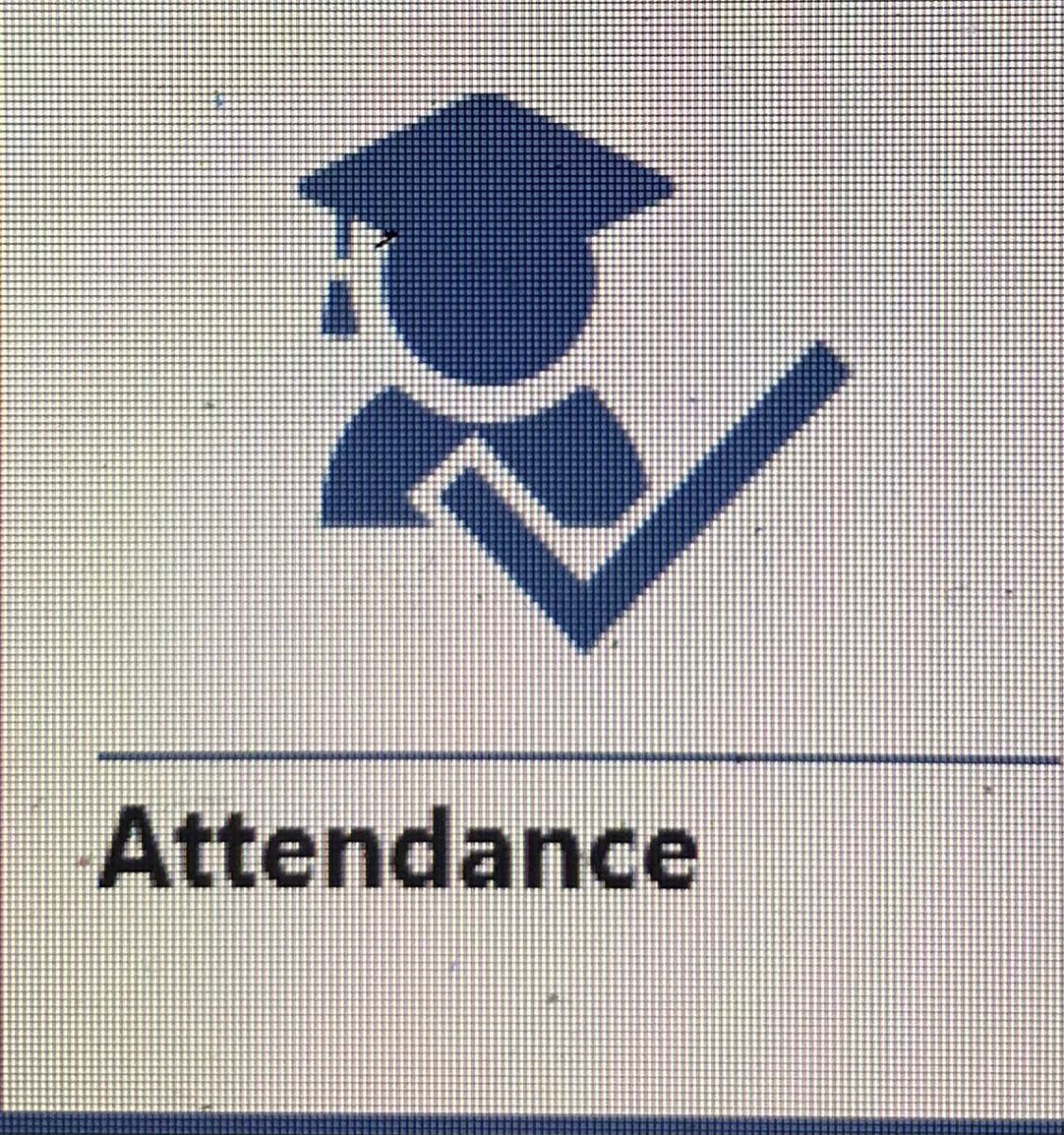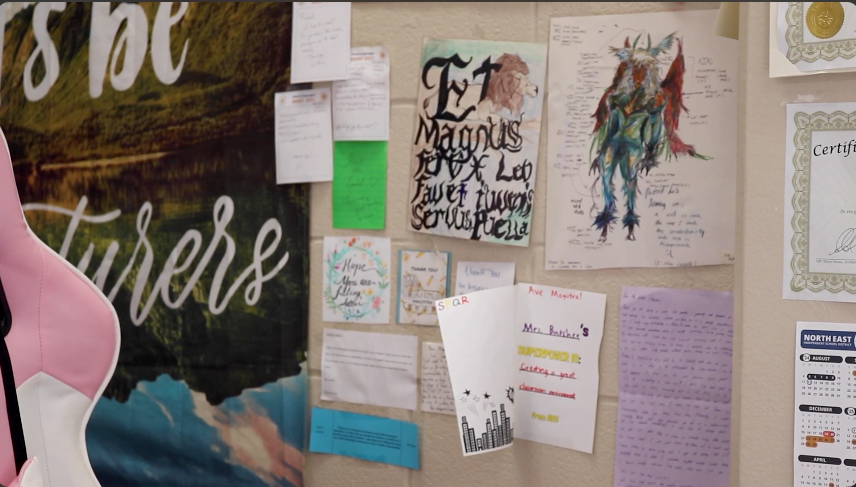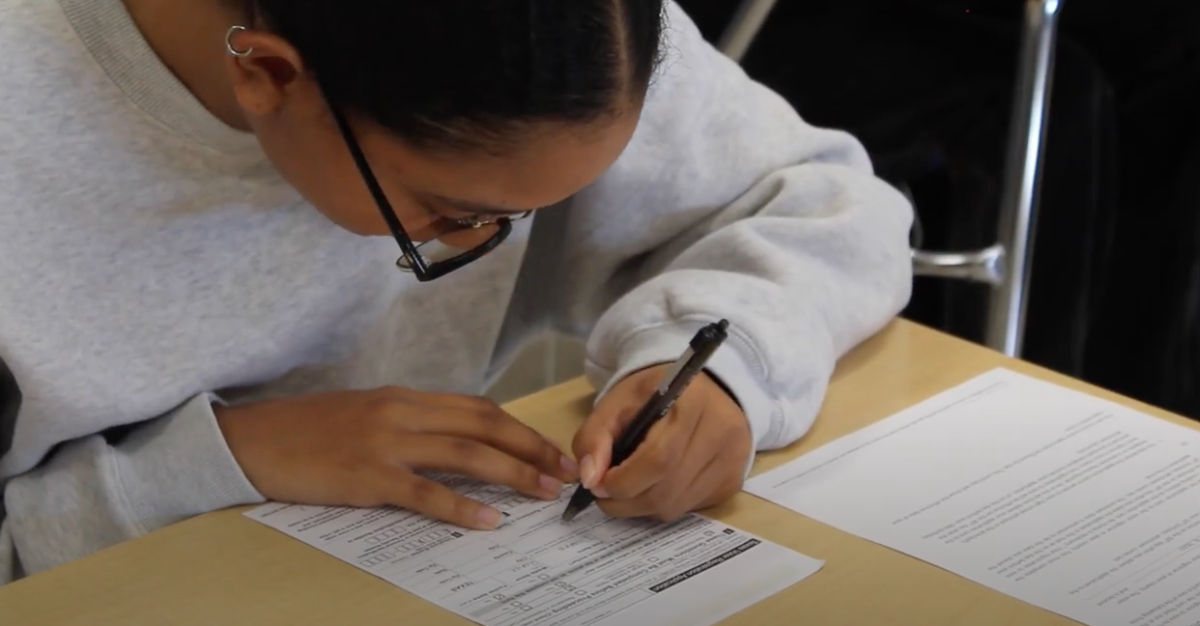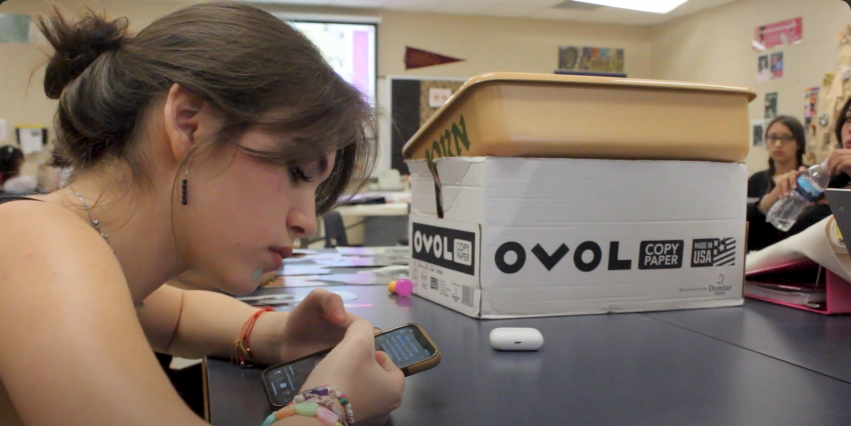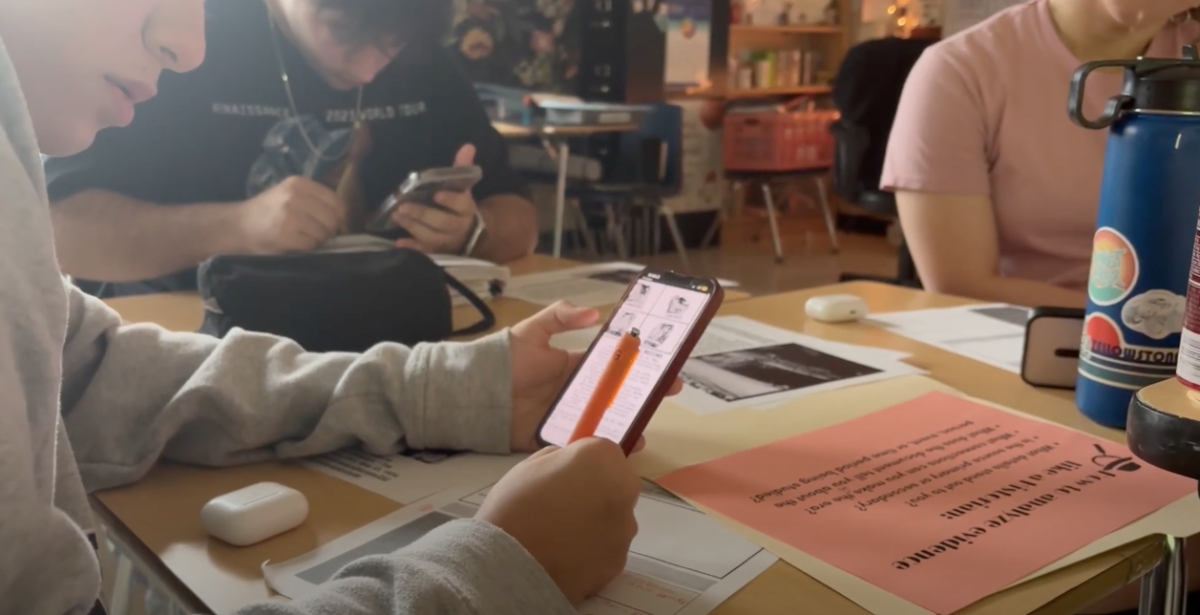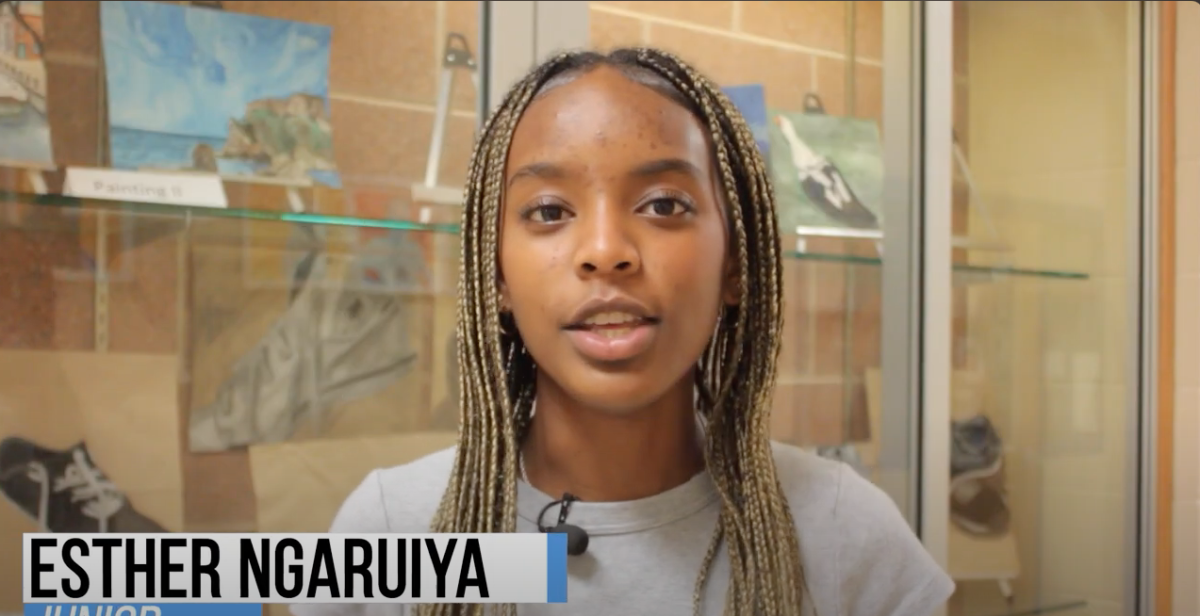by Caitlin Blackmon | staff writer
Soon after students completed the necessary forms and applied to take dual credit courses for the 2016-2017 school year, counselor Desiree Meza received an email from a representative for the Alamo Colleges explaining that there what would be a new regulation in regards to how many of these courses could be taken.

“[We] had about 55 kids on that class who listed more than two dual credit classes, so a few weeks back I called in all 55 kids to see which two [dual credit classes] they wanted to keep, then which one they wanted to drop,” Meza said.
When the dual credit process began a few months back, students were told that they would be allowed to take as many courses as they would like, but there was still confusion since SAC had not made the guidelines clear for the following school year.
“Trust me, we’re all just as confused as everyone else,” Meza said. “The state says you have to not have a limit, but we’re having a limit.”
“When we [counselors] originally did the whole dual credit applications and everything, we told the families that, you know, you can sign up f

or as many as you want. We just don’t know how it’s going to get paid for,” Meza said.
This year, Texas made it official that Texas schools can no longer prohibit a student from taking as many dual credit classes as desired.
“There was a bill released called House Bill 505 that no longer limits the amount of dual credit courses a student can take, and so that is supposed to be implemented,” Meza said.
But since the bill was just recently released, it is still being determined what will happen in future years.
“However, the state gave provisions to each institution of higher education, which I’m assuming means that it’s allowing them to determine how they’re going to implement that in the future.”
While it is difficult to say with certainty exactly how many dual credit courses students will be eligible to take in the future, for now, the district has decided the limit will remain in place for the 2016-2017 school year.
“[For] the following school year, they [NEISD] have said that they’re limiting it to only two courses,” Meza said.
Members from 15 different service area school districts are meeting to discuss this issue and also determine if allowing students to take multiple dual credit courses is a viable option at this point.
“As we are being mindful of all the benefits that our students will receive with [House Bill] 505, we are also taking precautionary measures to ensure that our students will not be hindered in future years by taking college courses,” Dr. Jo-Carol Fabianke, Vice Chancellor of Academic Success at Alamo Colleges said in the email correspondence regarding dual credit courses.
Districts have to question these benefits because some students who take dual credit courses tend to forget they are getting college credit for the course, and fail to realize it will be detrimental to them when they actually go to college.
“And so if they get that old case of senioritis and they wanna slack and not do as well and not perform as well, I would have to constantly remind them that they’re getting a college transcript when they graduate from high school,” English teacher Daniel Farias said.
Dual credit classes give students the opportunity to take college level courses while still in high school so they won’t have to take them in college, and possibly save some money as well. However, students will not be hindered if they don’t take these courses.
“Dual credit courses are one of those things that it can put you ahead, but it can’t set you back,” Farias said. “So I don’t think anyone’s getting set back, or inconvenienced, or disadvantaged in any way.”






